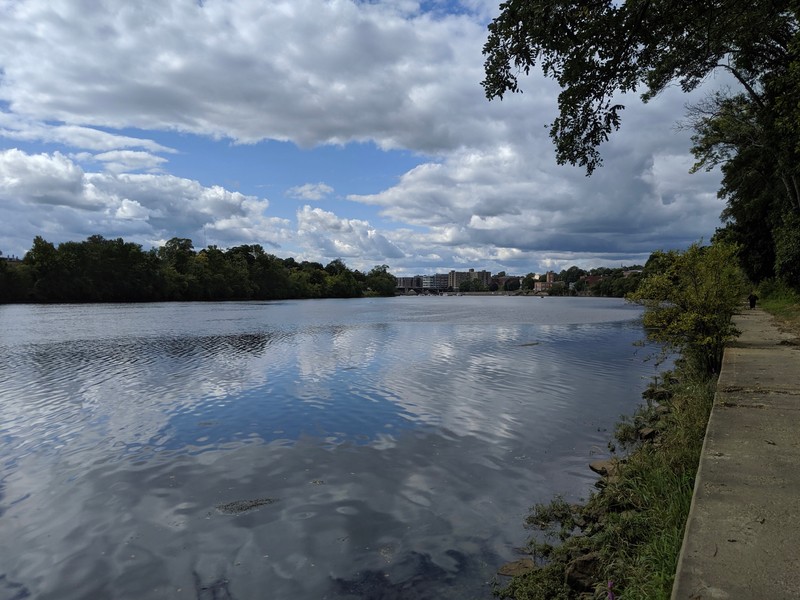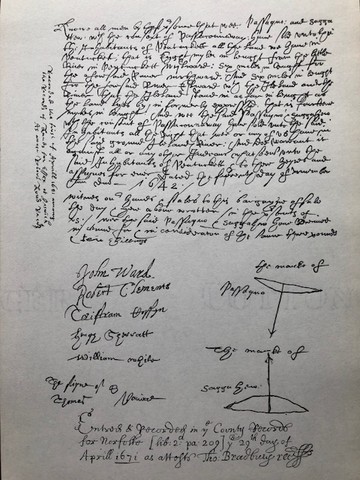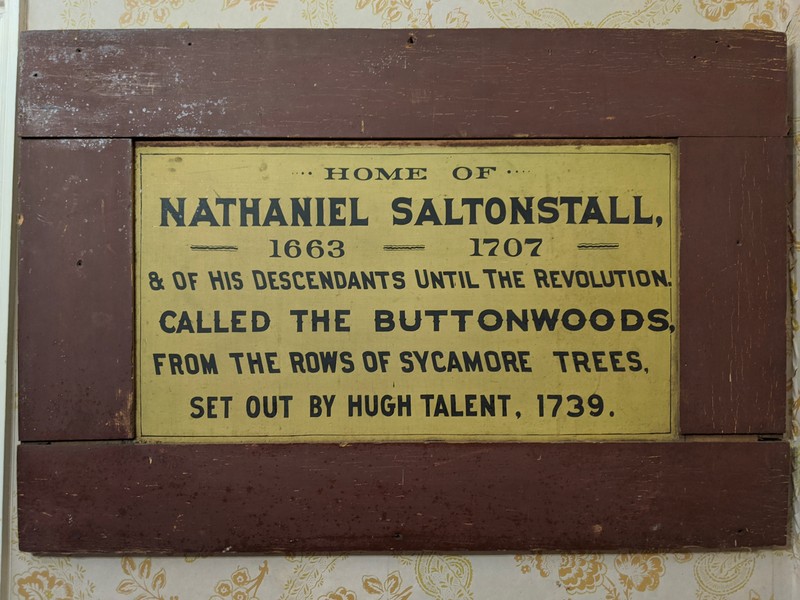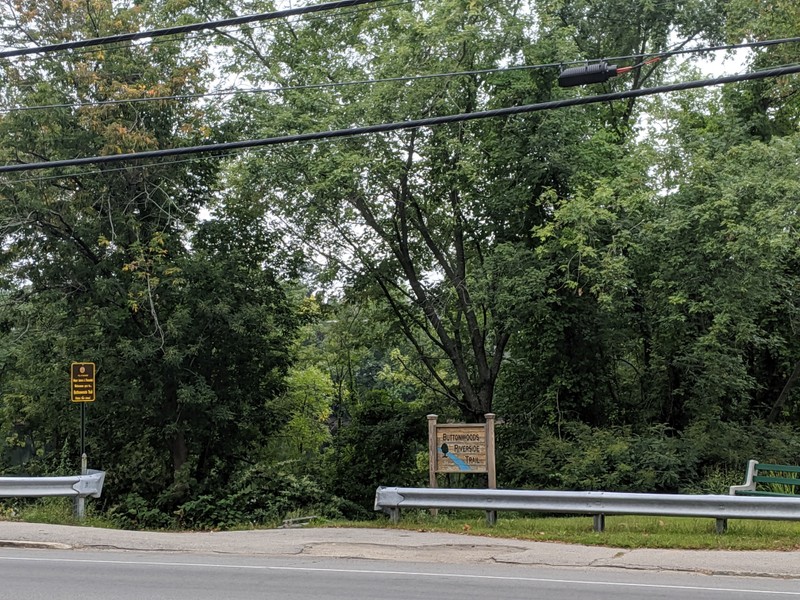Historic Landscape
Introduction
Text-to-speech Audio
Images
Merrimack River looking towards Haverhill city center

Merrimack River in Winter

Haverhill Deed (1642)

Saltonstall Plaque

Trailhead of Buttonwoods Riverside Trail

Backstory and Context
Text-to-speech Audio
Pennacook History
For thousands of years, the native Pennacook people inhabited the land of Pentucket, which includes Haverhill. “Pentucket” means “land of the winding river” in Algonquin, a language family that was spoken across southern New England. The Pennacook tribe lived in the area between present day Ipswich, Massachusetts—a place they called Agawam—and the White Mountains in New Hampshire. Essentially, they occupied the greater Merrimack River valley.
The Pennacook built their lives along the Merrimack River. They used the river as their main highway, taking small boats up and down to trade with other settlements. They hunted in the forests and planted gardens, especially growing the Three Sisters: corn, beans, and squash. The Three Sisters were grown all across North America by Native peoples. The corn stalks grow tall, the beans wind their way up and around the corn, and the squash grows wide along the ground with large leaves that kill off weeds.
European Settlement
In 1640, when the first English settlers came up the Merrimack from Newbury, they likely stopped at or near a place that is now marked as “First Landing Park.” The first road they built was Mill Street, and in the early years they had houses for themselves but not yet a church building. Instead, they met under the old oak tree that up until April 2017 stood on the corner of the Buttonwoods Museum property, named the Worshipping Oak. Townsfolk were called to religious services there by the thumping of a great drum through the town. When the first church was built in 1645, it was built most likely on what is now Water Street.
The Ward and Saltonstall Families
Haverhill's first minister was named John Ward. He owned most of the land near here, but gave part of his land to the town when they set aside the burial ground (Pentucket Burial Ground). He gave another section of his land to his daughter, Elizabeth, upon her marriage to Nathaniel Saltonstall, including the property where the Buttonwoods Museum now stands.
Nathaniel Saltonstall came specifically to Haverhill to marry Elizabeth. He was Harvard educated and one of the most prominent men in this frontier town during the late 1600s and early 1700s. He served on the Governor's Council, was the head of the town militia, and served on the Court of Oyer and Terminer (Salem Witch Trials). He was the only one of the justices to recuse himself because of the injustice he saw in the trials.
Elizabeth Ward Saltonstall, as the wife of Nathaniel Saltonstall and the daughter of John Ward, was considered a gentlewoman. However, she was still responsible for the burden of daily chores in a frontier town like Haverhill in the late 1600s. Letters between her and her daughter, also called Elizabeth, show her struggle with sending her daughter to Boston to be educated - and later to Sandwich to be married to a minister - with her own need for help at home. The Saltonstall house was the garrison for the area, meaning that in times of attacks, all of the neighbors would take up residence in her house. In letters to her daughter, she describes having a house of sixty people, lice, and "ould' Jersey" the cow. All those people meant plenty of women to help with the washing and cooking, but by fall, families went home to take care of their own harvests and preparations for winter, and she was left taking care of five militiamen by herself. One winter, her husband wrote to her from Boston, saying that she should come down and socialize with the other "pretty gentlewomen" there. She wrote back to the effect that she was still cleaning up after the mess his men had left, and he dropped the subject.
Cite This Entry
Melissa on behalf of Buttonwoods Museum. "Historic Landscape." Clio: Your Guide to History. April 3, 2021. Accessed April 5, 2025. https://theclio.com/entry/21481/tour/1
Sources
Buttonwoods Museum. Tour Script, March 1st 2018. Accessed August 18th 2020.

